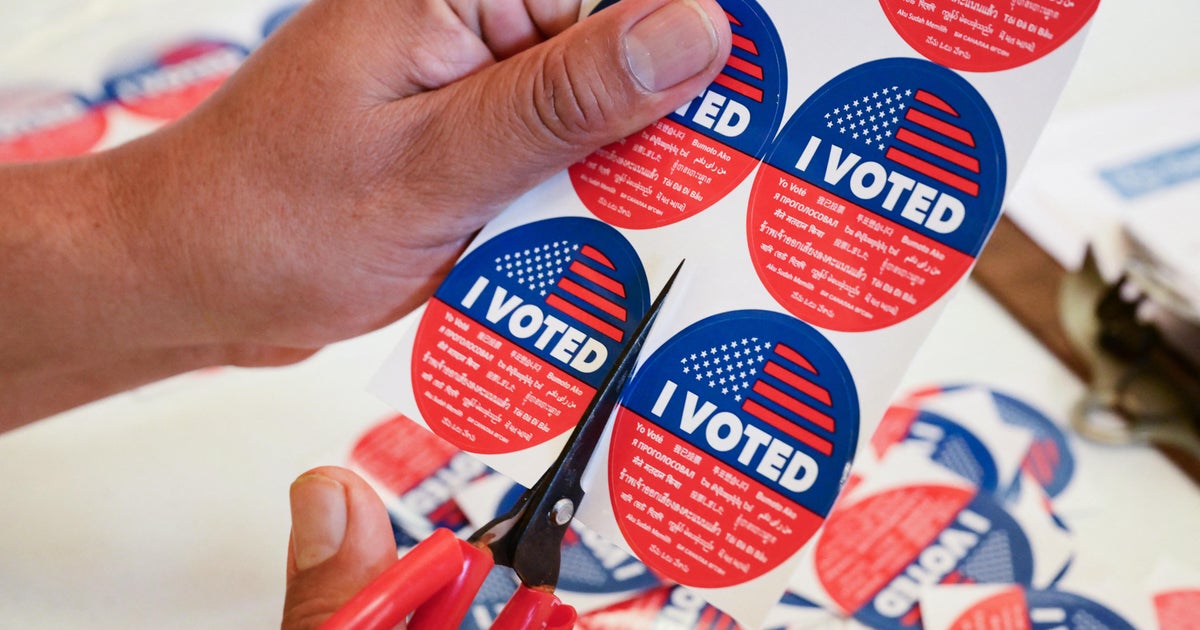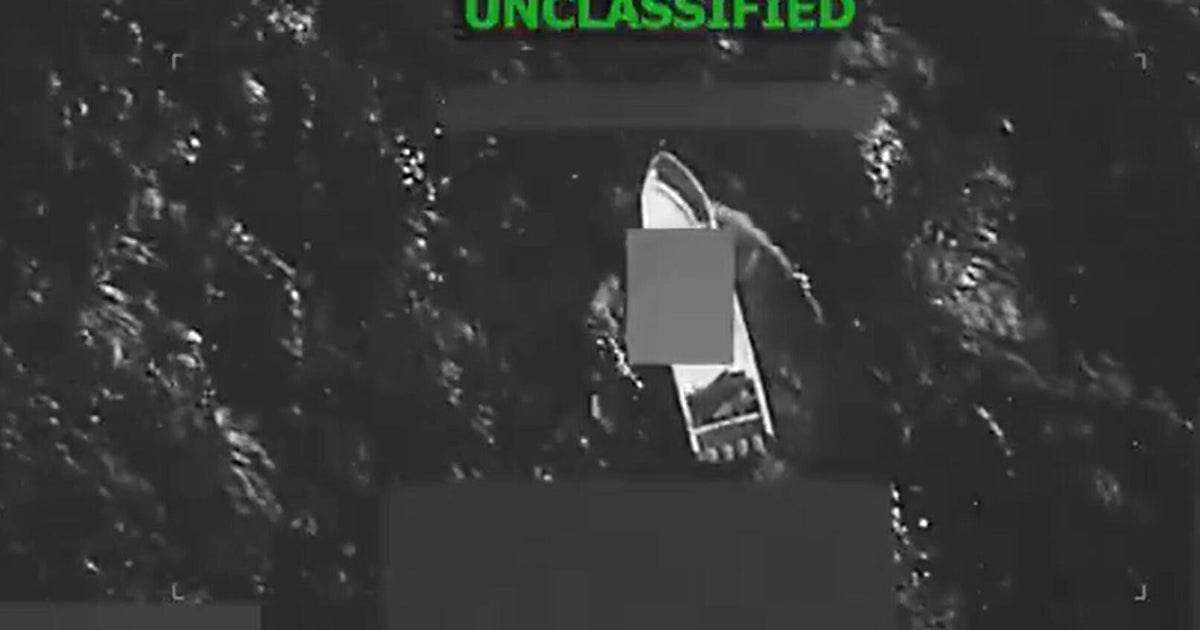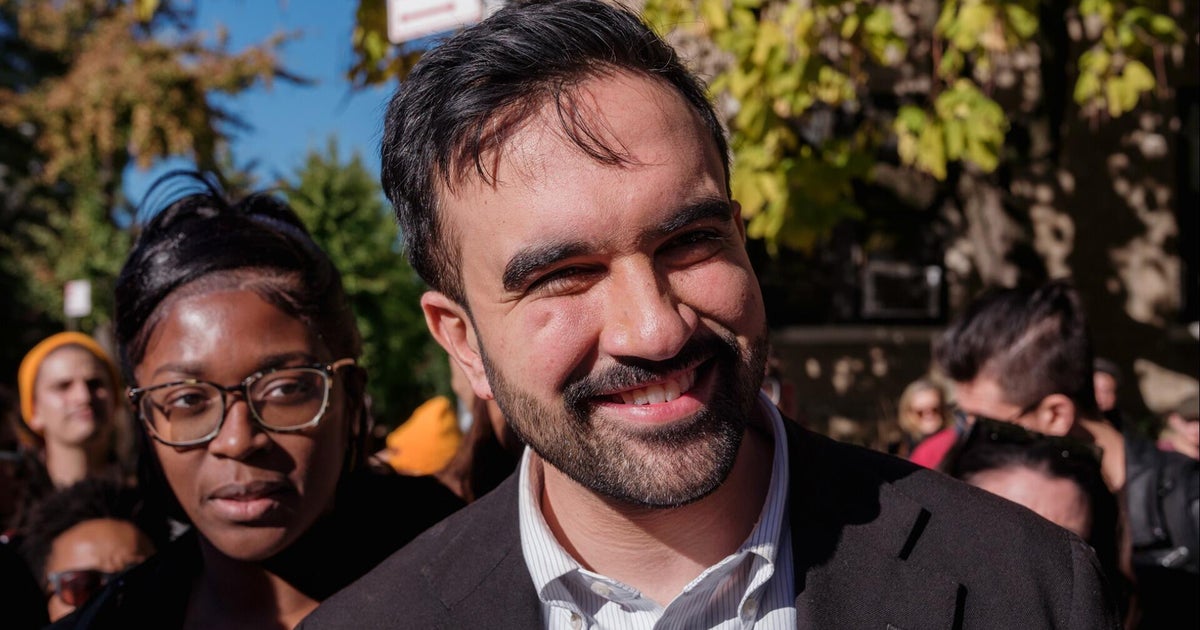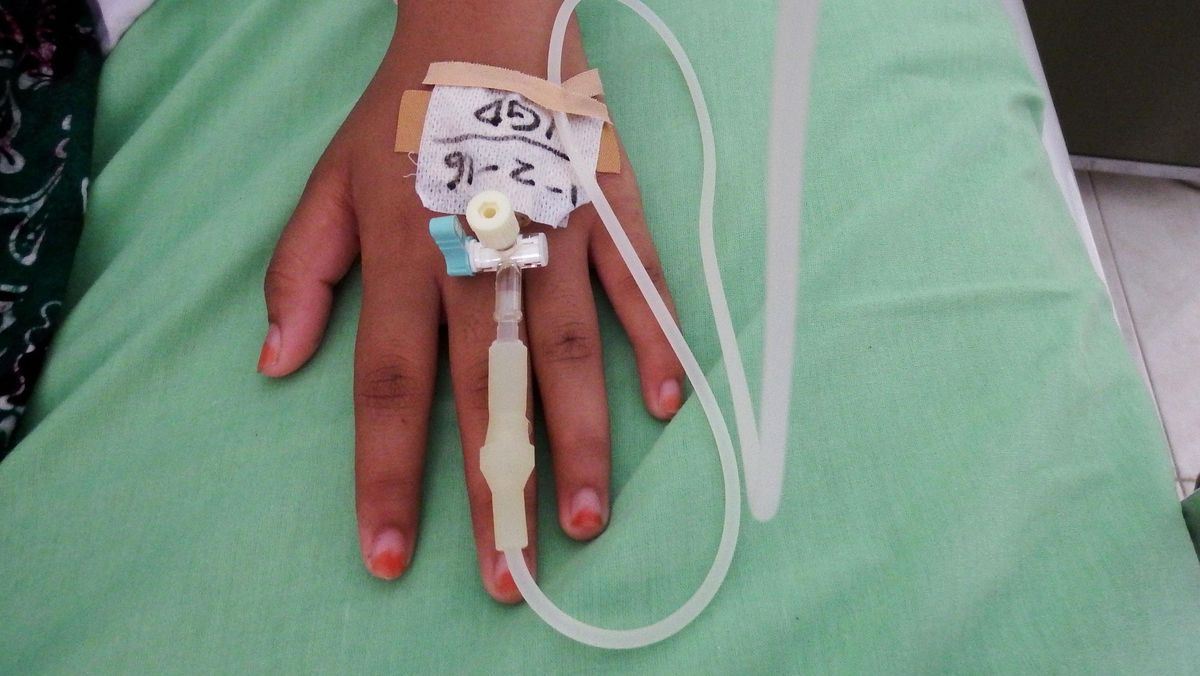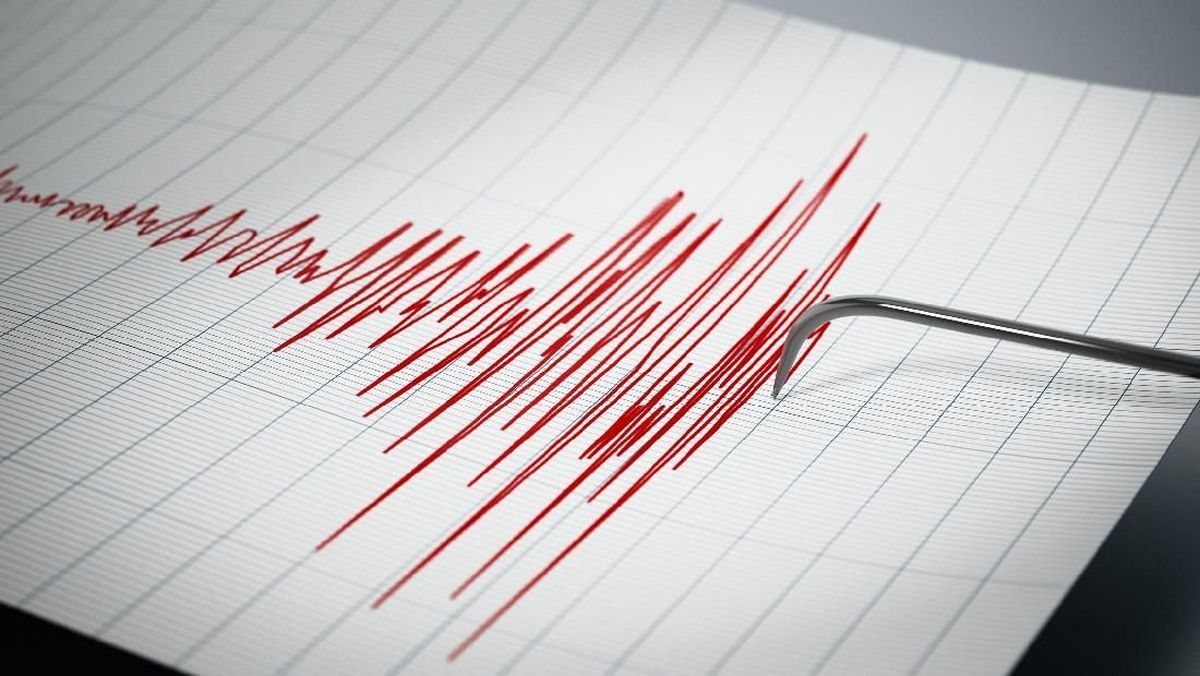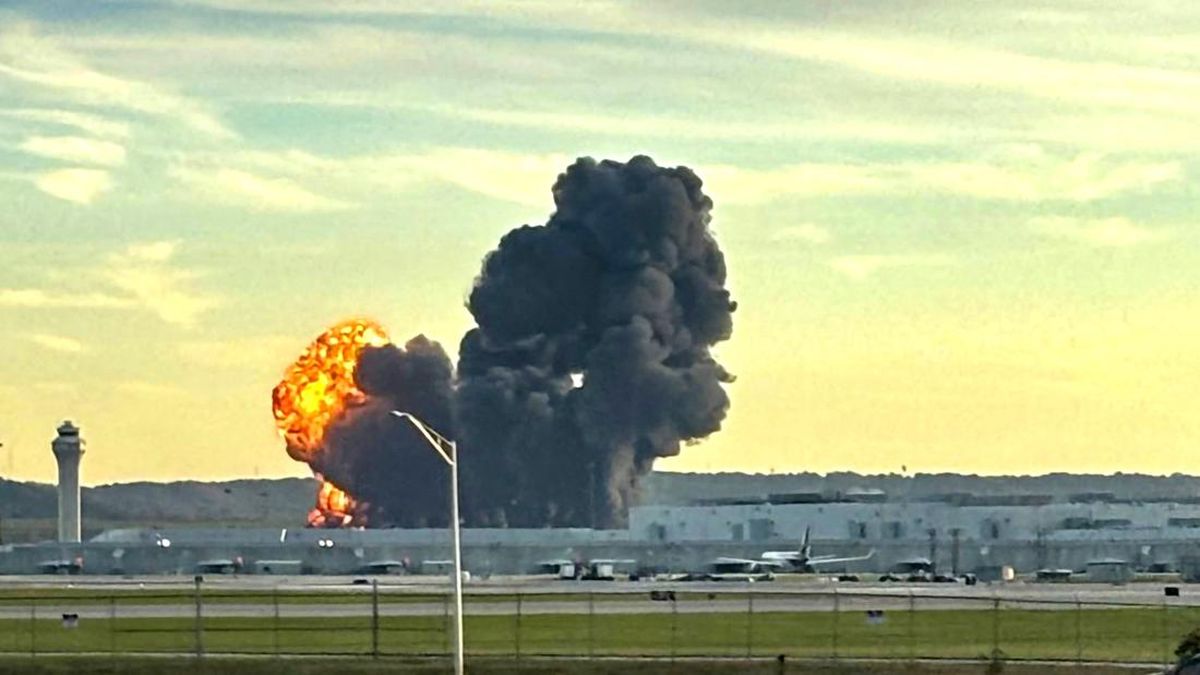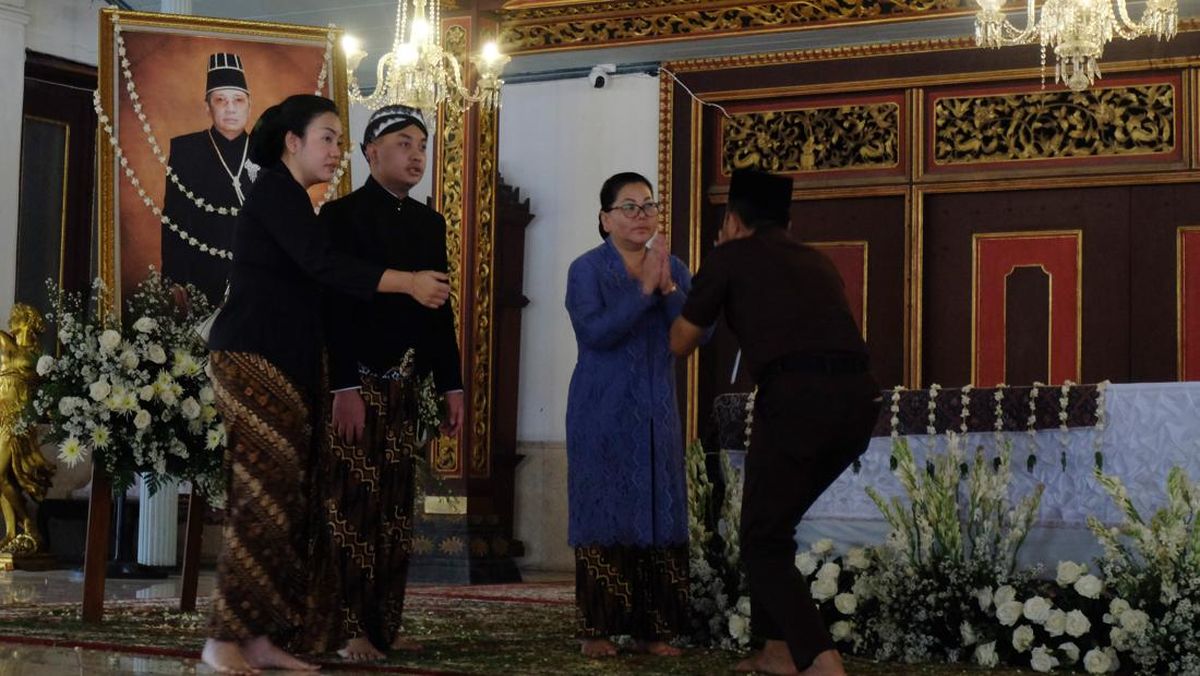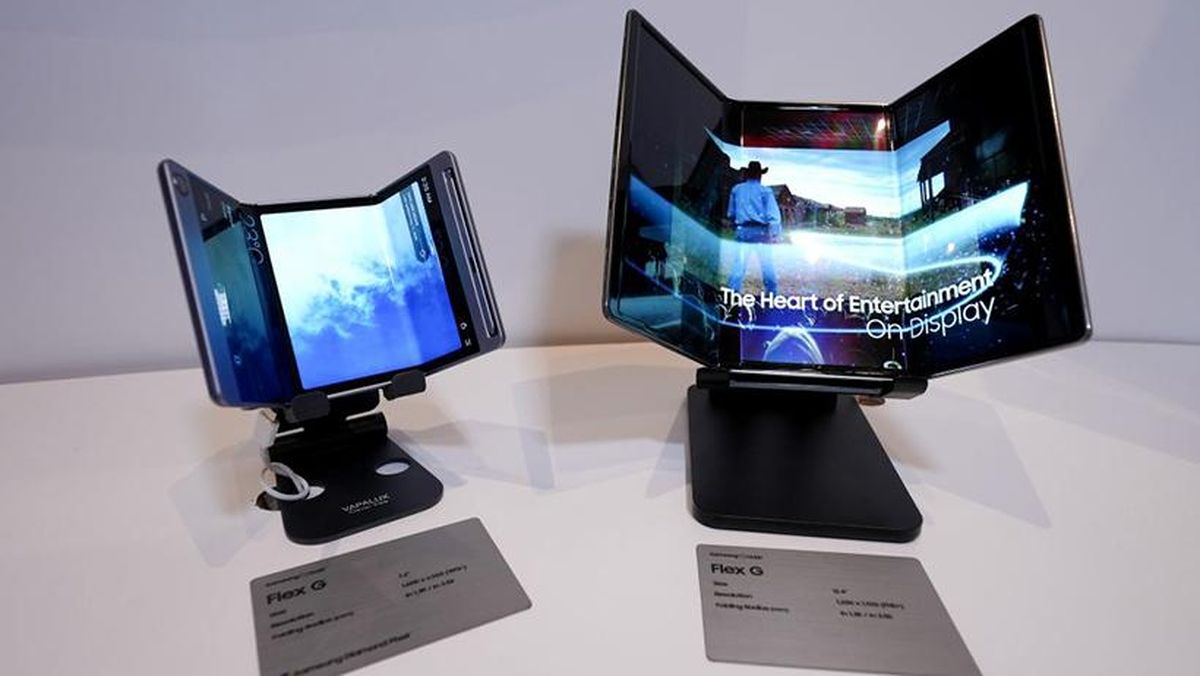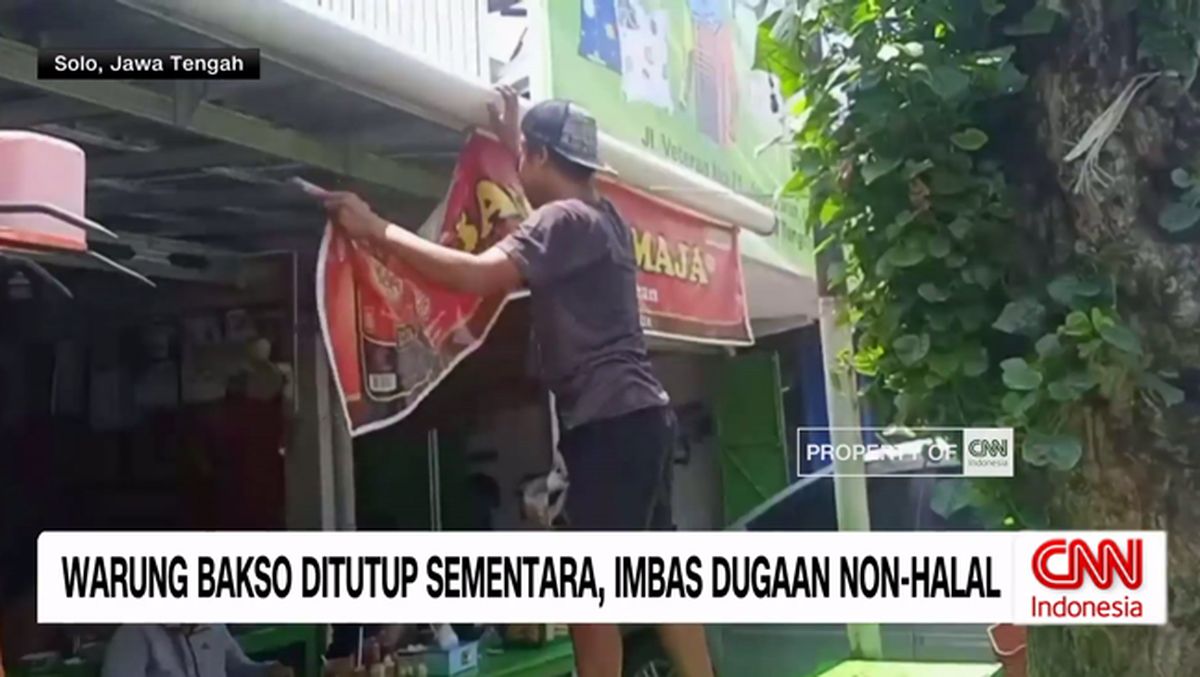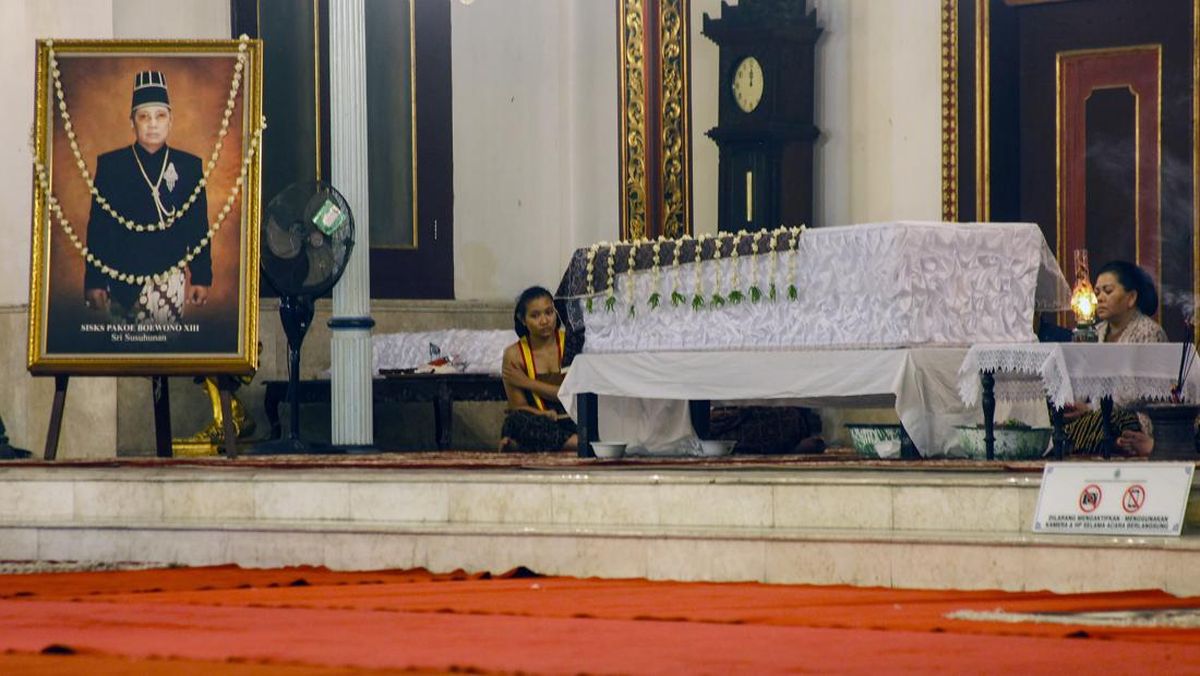When you step on board a train, and the doors beep as they close behind you, this cavernous room in an undisclosed Brisbane location is likely the last thing on your mind.
Inside the rail management centre, dozens of staff switch their gaze between a control screen almost the length of the room, which maps the entire south-east Queensland network in real-time and displays on their desks, as they set signals, move points, monitor trains, manage incidents and allow crews to safely access the tracks.
There are up to 111 trains on the network in the morning peak, with up to 238,000 passenger trips a day, and network control officers make rapid decisions when something goes wrong, like a truck hitting a rail bridge.

Inside the rail management centre.Credit: Felicity Caldwell
The network is broken into sections – at one end of the room, officers look after the North Coast line and down the other they’re on the Rosewood line, with trains passed onto the next officer as they move to the next area.
They also spend months meticulously graphing to plot out more than 850 special train services a year around regular scheduled trains, working around freight and accounting for track closures.
More than 1.9 million Queenslanders caught the train to 271 separate sporting events, concerts and festivals over the past 12 months via special extra services, travelling to events such as the NRL finals, concerts, Queensland Rail’s 160-year birthday celebrations, the Ekka, Riverfire and the retirement of the Electric Multiple Units.
The team is led by Matt Green, whose childhood dream of a career in rail led to work experience on the train control room before a paid job cleaning trains.

Matt Green from Queensland Rail.Credit: Felicity Caldwell
“Work experience in year 12 at Queensland Rail got me hooked on watching the network control officers at work,” Green, senior manager rail management product strategy, said.
“I took any job in Queensland Rail I could get, the first of which was in the presentation shed, making sure trains were clean and tidy, before I progressed as a network control officer.
“I now lead the teams who plan out how those trains move around the network ensuring we have the right number of services for each event.”
Planning includes working out network capacity, train and crew availability, then timing everything, including how long passengers will need to safely board a train, and how long is needed between trains for more people to get to the platform.
If a special event runs over time, crews modify the train plan to ensure the crowd can still leave the area as quickly as possible, and safely.
“With track closures on most weekends and school holidays, it’s a very busy role, but when the work crews are kept safe, and we are able to get the jobs done, and then trains back running again, you do feel like you’ve completed a huge puzzle,” Green said.
Loading
“It is incredibly rewarding.”
If there is an incident, or a train is running late, the officers adapt.
“There’s a lot of planning on the fly that happens in this room by the network control officers for the AM and PM peak,” Green said.
“They’re continuously monitoring and planning trains to minimise any disruption to customers.”
Start the day with a summary of the day’s most important and interesting stories, analysis and insights. Sign up for our Morning Edition newsletter.
Most Viewed in National
Loading

